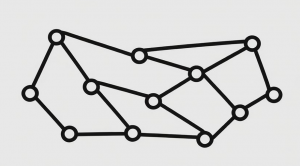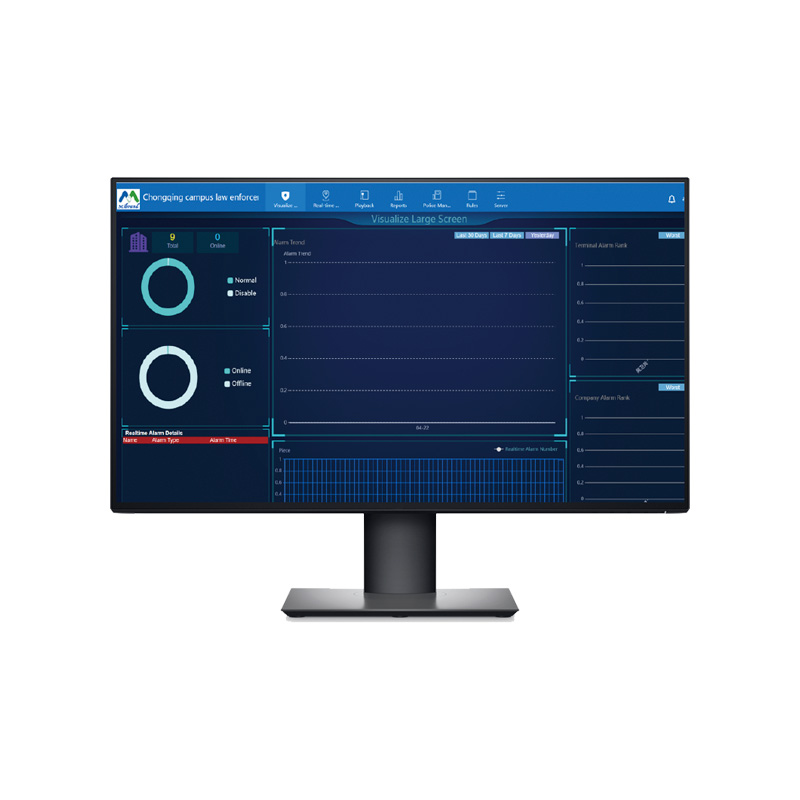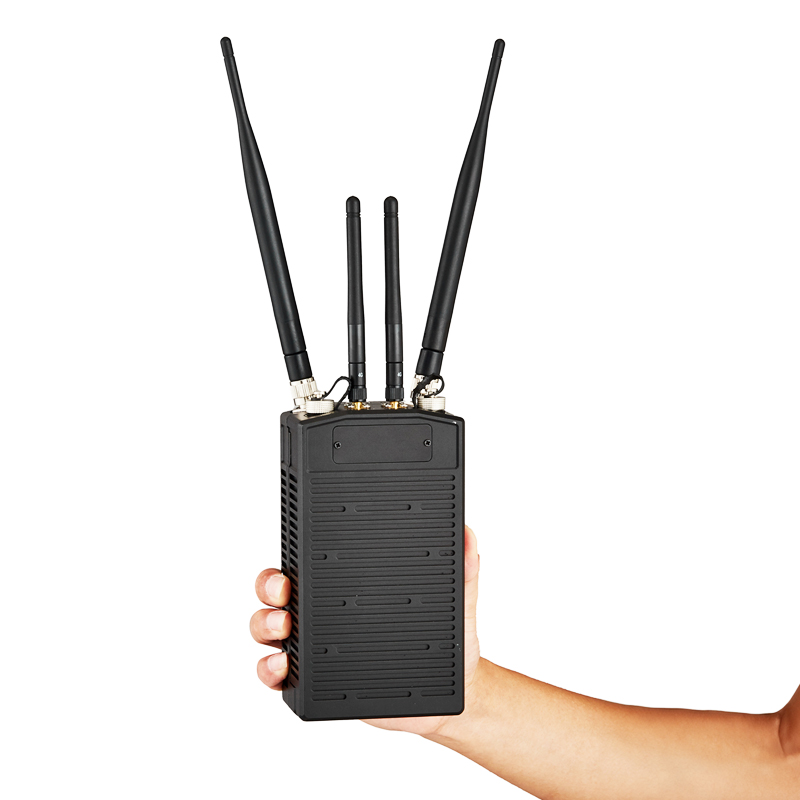What is wireless ad hoc network
An Ad Hoc network, also known as a mobile ad hoc network (MANET), is a self-configuring network of mobile devices that can communicate without relying on a pre-existing infrastructure or a centralized administration. The network is formed dynamically as devices come into the range of each other, allowing them to exchange data peer-to-peer.
What are the characteristics of wireless ad hoc network?
Wireless ad hoc networks, also known as wireless self-organizing networks, possess several distinct characteristics that differentiate them from traditional communication networks. These characteristics can be summarized as follows:
Decentralized and Self-Organizing
- Wireless ad hoc networks are decentralized in nature, meaning there is no central control node or infrastructure required for their operation.
- Nodes in the network are equal in status and can communicate directly with each other without relying on a base station or centralized access point.
- The network is self-organizing and self-configuring, allowing it to form and adapt to changes in the environment and node locations automatically.
Dynamic Topology
The network topology (the arrangement of nodes and their connections) in a wireless ad hoc network is highly dynamic.
Nodes can move freely, causing the connections between them to change frequently.
This dynamicity requires routing algorithms that can adapt quickly to changes in the network topology and maintain connectivity.

Multi-Hop Routing
- In a wireless ad hoc network, nodes may not be able to communicate directly with each other due to limited transmission range.
- To overcome this limitation, nodes rely on multi-hop routing, where messages are forwarded from one node to another until they reach their destination.
- This allows the network to cover a larger area and maintain connectivity even when nodes are not within direct communication range.
Limited Bandwidth and Resources
- Wireless communication channels have limited bandwidth, which can restrict the amount of data that can be transmitted at any given time.
- Additionally, nodes in a wireless ad hoc network may have limited power and processing capabilities, further constraining the network's resources.
- Efficient use of these limited resources is crucial for maintaining network performance and reliability.
Temporary and Ad Hoc Nature
Wireless ad hoc networks are often deployed for specific, temporary purposes, such as disaster relief, military operations, or temporary events.
They can be quickly set up and torn down as needed, making them highly adaptable to changing situations.
Security Challenges
The decentralized and dynamic nature of wireless ad hoc networks presents unique security challenges.
Traditional security mechanisms, such as firewalls and intrusion detection systems, may not be effective in these networks.
Advanced security protocols and algorithms are required to protect the network from attacks and maintain data privacy and integrity.
Wireless ad hoc networks may consist of nodes with different capabilities, such as varying transmission ranges, processing power, and battery life.
This heterogeneity requires routing algorithms and protocols that can adapt to the diverse characteristics of the nodes in the network.
Heterogeneity
Wireless ad hoc networks may consist of nodes with different capabilities, such as varying transmission ranges, processing power, and battery life.
This heterogeneity requires routing algorithms and protocols that can adapt to the diverse characteristics of the nodes in the network.
In summary, wireless ad hoc networks are characterized by their decentralization, self-organization, dynamic topology, multi-hop routing, limited bandwidth and resources, temporary and ad hoc nature, security challenges, and heterogeneity. These characteristics make them well-suited for a wide range of applications, including military operations, disaster relief, and temporary events, where traditional communication networks may be unavailable or impractical.
Post time: Jul-14-2024







